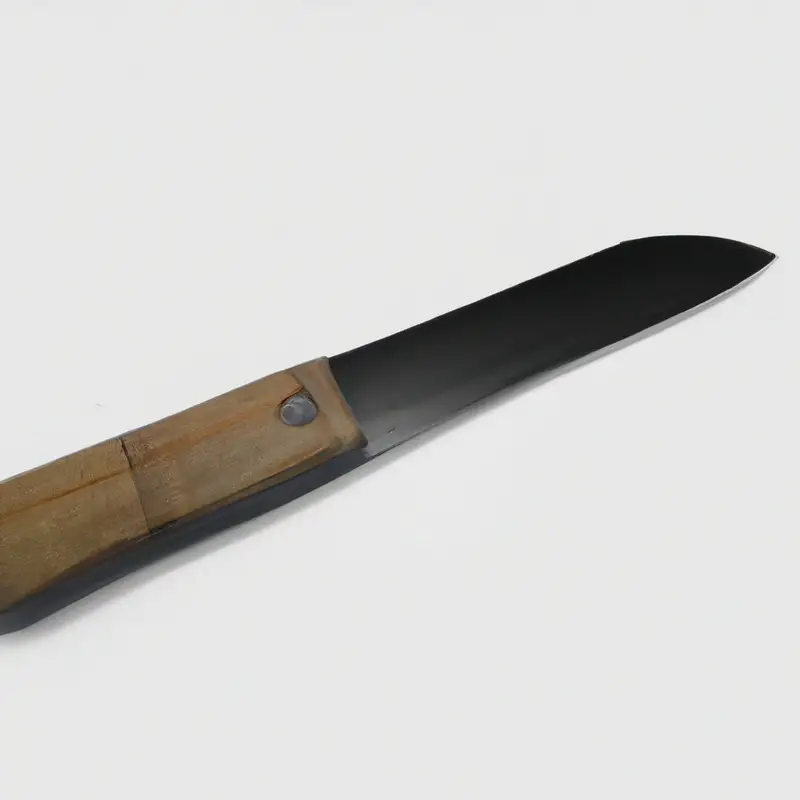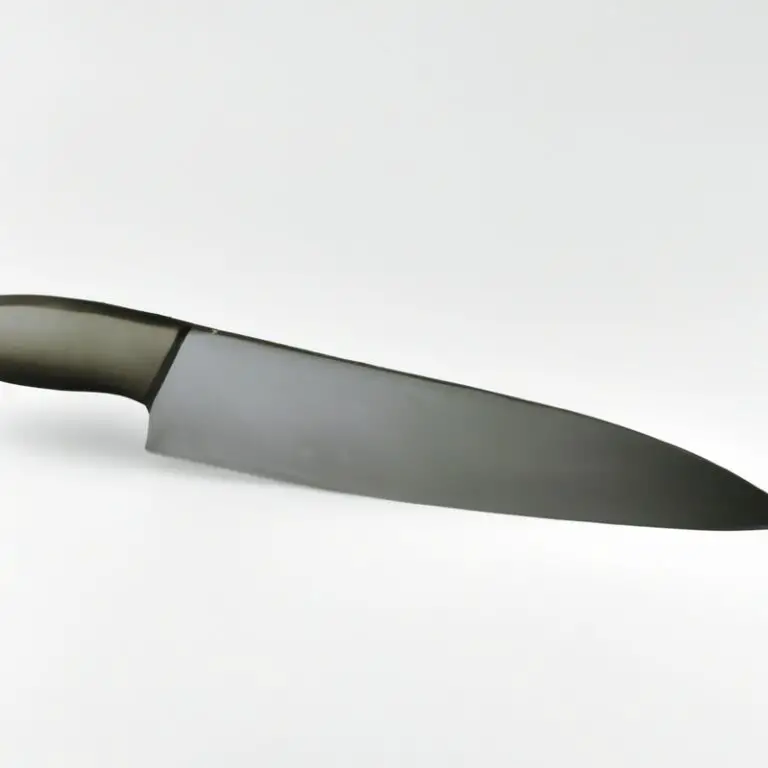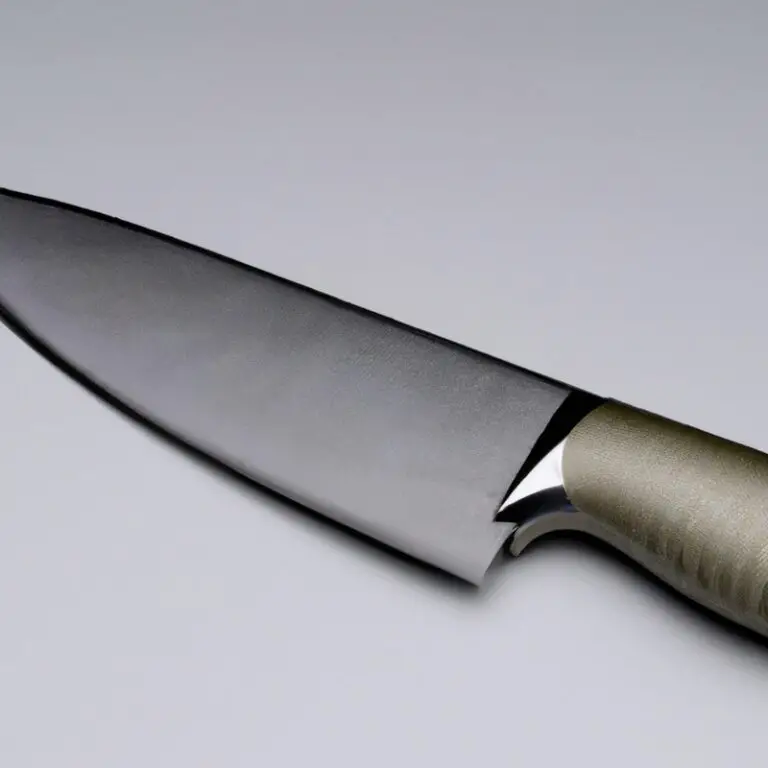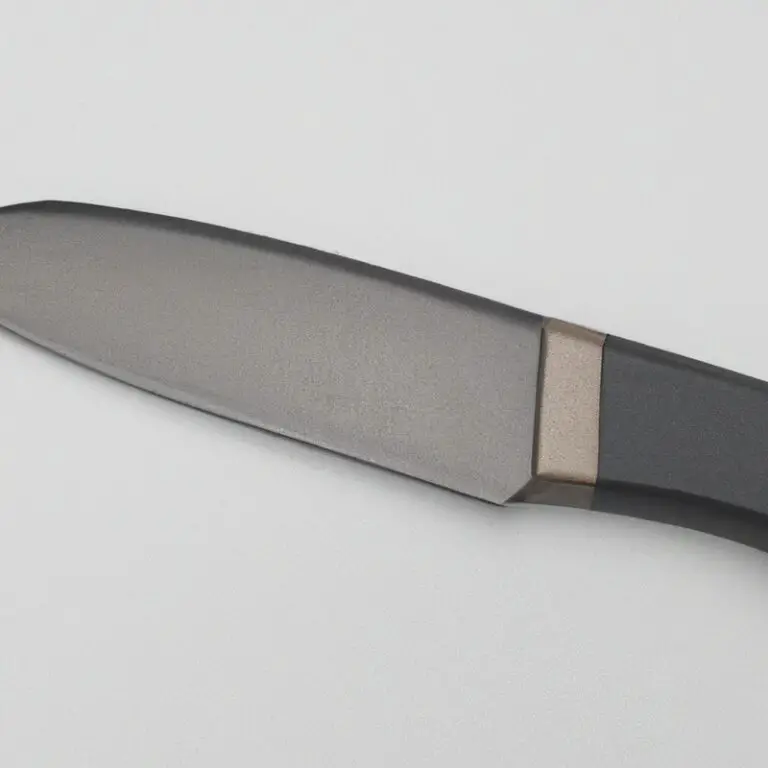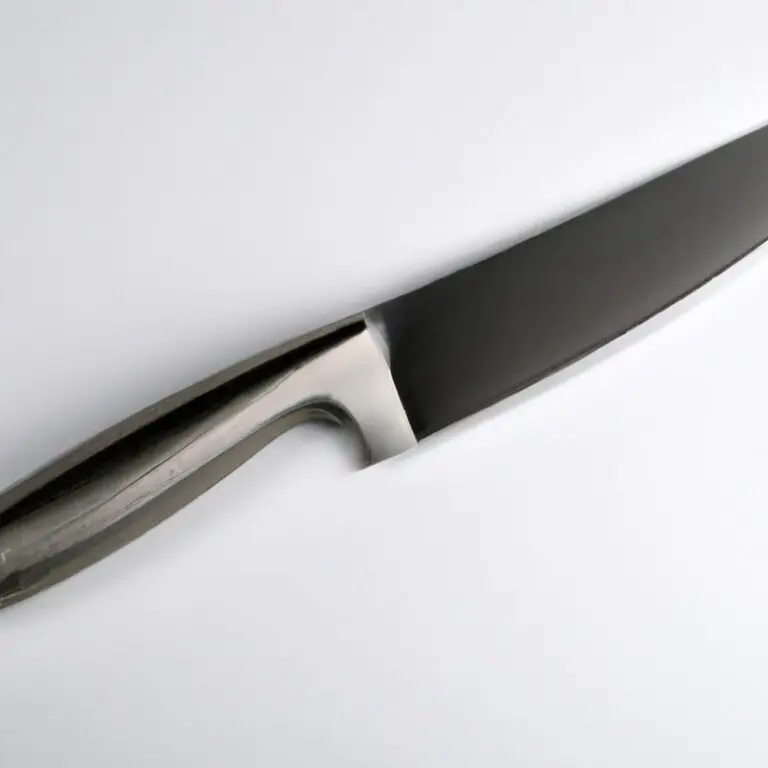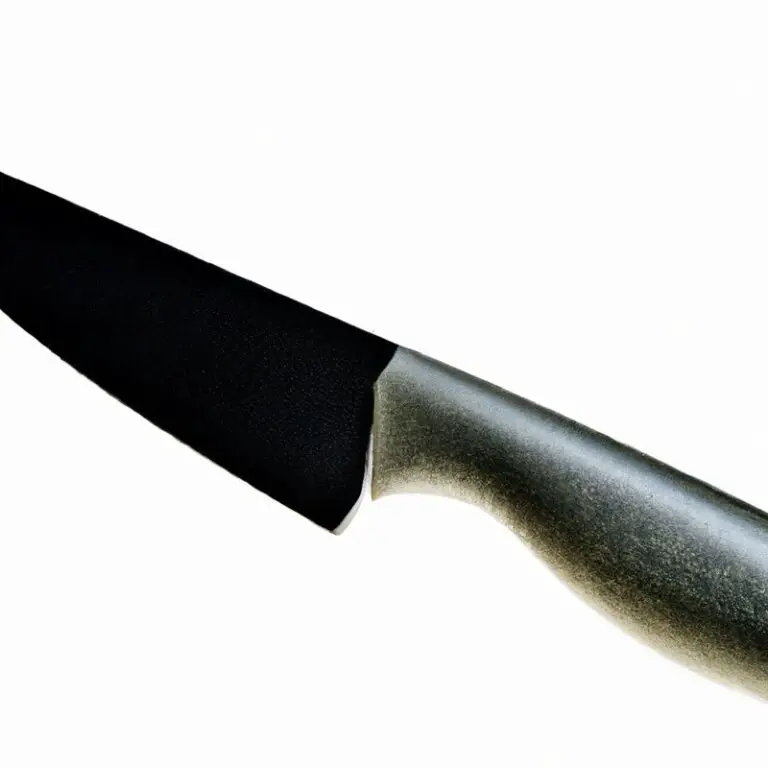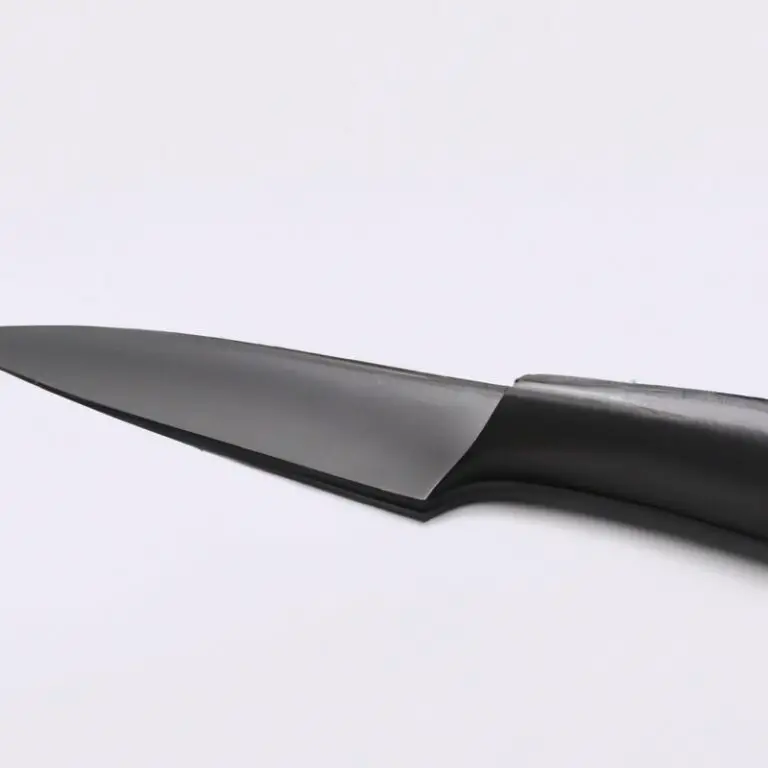What Are The Different Sizes Available For Gyuto Knives? Explore Now!
Key Takeaways:
- Gyuto knives come in a range of sizes, with blade lengths typically ranging from 180mm to 300mm.
- The size of the Gyuto knife you choose should depend on your preferred cutting style and the tasks you need to perform.
- A larger Gyuto knife may offer more versatility and cutting power, while a smaller size may better suit delicate tasks or smaller hands.
- It’s important to choose a high-quality Gyuto knife that fits comfortably in your hand, has a durable blade, and is made from high-quality materials for maximum longevity and performance.
Do you know the right size for your Gyuto knife? A versatile and efficient tool in the kitchen, these Japanese knives come in various sizes to handle different cutting tasks.
From precision cutting with a small Gyuto knife to heavy-duty chopping with a large one, there’s a size for everyone.
But choosing the right size requires an understanding of its anatomy, blade length, profile, handle size, tang construction, blade thickness, and flexibility. In this guide, I’ll help you select the ideal size for your cutting needs and provide tips for maintaining your Gyuto knife.
| Knife Size | Blade Length (inches) | Handle Length (inches) | Total Length (inches) |
|---|---|---|---|
| Small | 6-8 | 3-4 | 9-12 |
| Medium | 8-10 | 4-5 | 12-15 |
| Large | 10-12 | 5-6 | 15-18 |
Gyuto knife size guide: Understanding the anatomy of a Gyuto knife
Understanding the anatomy of a Gyuto knife is important when choosing the right size for your needs. Gyuto knives come in small, medium, and large sizes, with blade lengths ranging from 210mm to 300mm.
Medium-sized Gyuto knives are the most versatile and efficient in the kitchen, while smaller knives are ideal for precision cutting and intricate work.
Large Gyuto knives are perfect for heavy-duty cutting and chopping tasks. The blade profile, handle size and material, tang construction, blade thickness, and flexibility all contribute to a knife’s performance.
Consider your cutting needs and preferences when selecting the right size of Gyuto knife.
With proper maintenance such as cleaning and sharpening, a Gyuto knife can last for many years.
Small Gyuto knives: Perfect for precision cutting and intricate work
Small Gyuto knives are the perfect tool for precision cutting and intricate work in the kitchen. With their compact size, these knives allow for greater control and agility when performing delicate tasks such as peeling, trimming, and slicing small ingredients.
The blade of a Small Gyuto knife typically ranges from 5 to 7 inches, making it a great choice for those who prefer a lighter and more agile knife.
Additionally, the narrow blade profile of a small Gyuto knife allows for precise cuts that are essential for creating beautiful garnishes and decorative cuts. Whether you’re a professional chef or a home cook, a small Gyuto knife is an essential tool for any kitchen that values precision and attention to detail.
Medium-sized Gyuto knives: Versatile and efficient in the kitchen
Medium-sized Gyuto knives are one of the most versatile and popular knives for everyday use in the kitchen. Their blade length typically ranges from 8 inches to 10 inches, providing the perfect balance between precision and power.
With their pointed tip and wide blade, they can easily handle a variety of tasks from slicing, dicing, chopping, and mincing.
Unlike small Gyuto knives, medium-sized ones come with a full-sized handle that allows for a secure grip and better control over the blade. This makes them comfortable to use for extended periods, reducing the risk of fatigue or injury.
Moreover, medium-sized Gyuto knives are excellent for beginners or home cooks who need a multi-functional knife that can handle a variety of tasks.
These knives are also great for chefs who need a reliable and efficient tool in the kitchen. Their medium size makes them easy to maneuver, allowing chefs to slice through ingredients effortlessly.
They can also handle thicker cuts of meat and produce while maintaining their sharp edge.
Medium-sized Gyuto knives are versatile, efficient, and can handle a range of tasks in the kitchen. Their size and design make them ideal for both home cooks and chefs who need a reliable and multi-functional knife.
Whether you are slicing meats, chopping vegetables or mincing herbs, a medium-sized Gyuto knife is an excellent tool to have in your kitchen.
Large Gyuto knives: Ideal for heavy-duty cutting and chopping tasks
Large Gyuto knives are perfect for heavy-duty cutting and chopping tasks. With a blade length that typically ranges from 210mm to 270mm, these knives are designed to handle larger ingredients like meat, fish, and vegetables.
Due to their weight and size, large Gyuto knives can make chopping and slicing through tough cuts easier and more efficient.
When choosing a large Gyuto knife, it’s important to consider the weight and balance of the blade. A well-balanced knife can reduce fatigue and ensure that you have more control over the blade as you work.
Some popular materials for large Gyuto knife handles include traditional woods like mahogany and ebony or synthetic materials like G-10 and Micarta.
Keep in mind that while large Gyuto knives can make heavy-duty tasks easier, they may not be the best choice for intricate or delicate work. When selecting a size, consider your cutting habits, the size and weight of ingredients you usually deal with, and your overall comfort level with larger knives.
Overall, large Gyuto knives are a great option for chefs and home cooks who frequently work with larger ingredients and need to get the job done quickly and efficiently.
Blade length and profile: How it affects the performance of a Gyuto knife
Blade length and profile are crucial factors that determine the performance of a Gyuto knife. The length of the blade determines its versatility and the type of tasks it can handle.
A shorter blade provides better precision for intricate work, while a longer blade offers more reach and power for heavier cutting tasks.
The profile of the blade determines the shape of the edge and the curvature of the blade. A flatter profile is ideal for push-cutting, while a curved blade is more suited for rock-chopping and slicing.
Choosing the right blade length and profile for your Gyuto knife depends on the type of tasks you will be performing.
A medium-sized blade with a slight curve is a versatile option that can handle a range of tasks. However, if you work with larger cuts of meat or perform heavy-duty chopping, a longer blade with a flatter profile may be more efficient.
Ultimately, the right blade length and profile combination will help you work more efficiently and achieve better results in the kitchen.
Handle size and material: Choosing the right one for your comfort and grip
Handle size and material play a crucial role in choosing a Gyuto knife. Selecting the right handle ensures a comfortable grip, reducing the risk of accidents.
A handle made of wood or plastic is the most common choice due to its lightweight, durability, and affordability.
However, if you’re looking for a premium option, consider handles made of stainless steel or titanium. Additionally, the handle size should correspond to the user’s hand size for maximum control and comfort during use.
It should have a comfortable grip, preventing it from slipping even when wet.
A suitable handle size should also allow for a proper grip and balance of the knife when cutting. To sum up, when choosing a Gyuto knife, consider a handle made of wood or plastic for its affordability and durability.
For a premium option, consider stainless steel or titanium.
Ensure that the handle is the right size for your hand to ensure maximum comfort and control during use.
Tang construction: Full vs half tang in Gyuto knives
Tang construction refers to how far the metal blade extends into the handle of the knife. In a full tang knife, the blade runs the entire length of the handle, while in a half tang, it only goes halfway.
Full tang construction is generally considered to be more durable and sturdy, providing better balance and control.
However, this also makes the knife heavier and more expensive. On the other hand, half tang construction is lighter and more affordable, but may not be as strong and can be prone to breakage if not made properly.
When it comes to Gyuto knives, full tang construction is preferred as it provides better control and reduces the risk of blade wobbling.
This is especially important for precision cutting and heavy-duty tasks. However, if you only use your Gyuto knife occasionally for light tasks, a half tang construction may be sufficient.
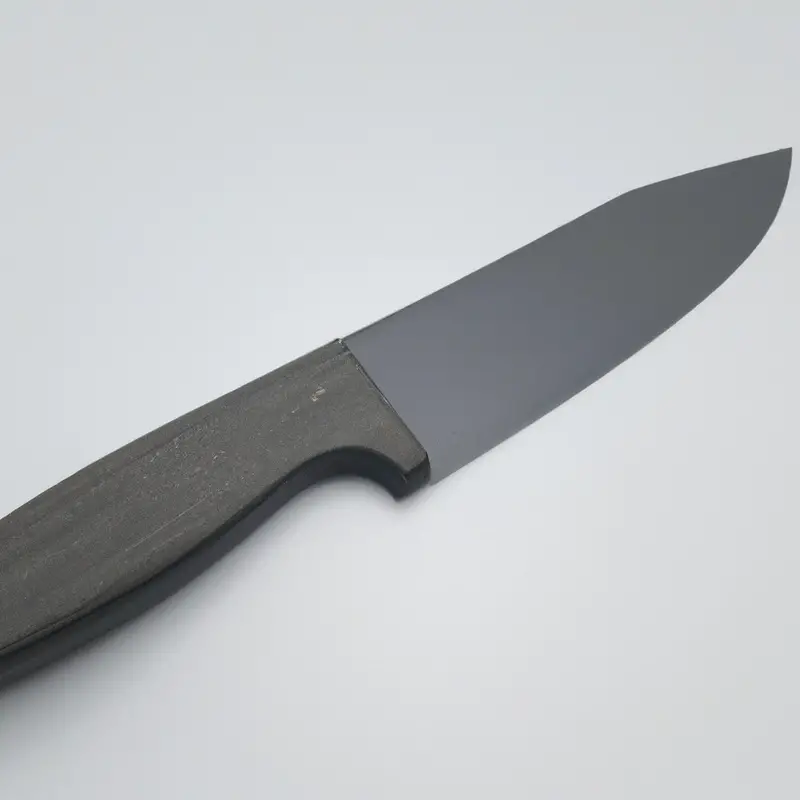
Blade thickness and flexibility: Finding the balance in a Gyuto knife
Blade thickness and flexibility are crucial factors that determine the functionality of a Gyuto knife. A blade that is too thick or inflexible can make precision cutting difficult, while a blade that is too thin or flexible can make heavy-duty tasks challenging.
The ideal balance between thickness and flexibility depends on the intended use of the knife.
A thinner and more flexible blade is suitable for delicate tasks, while a thicker and sturdier blade is better for tougher cutting jobs. It is essential to choose a Gyuto knife with the right blade thickness and flexibility to ensure optimal performance in the kitchen.
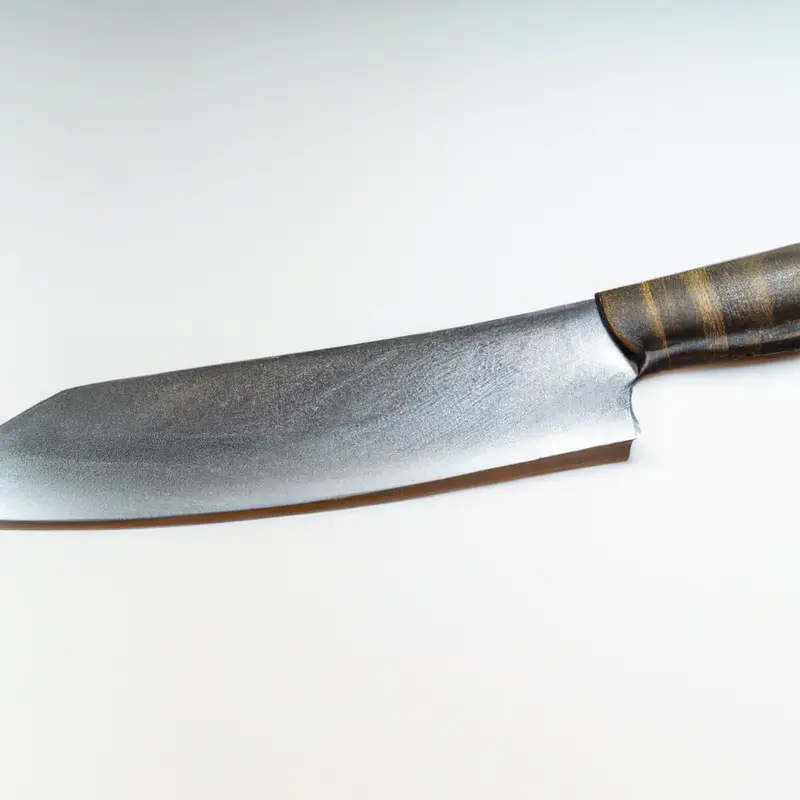
How to select the right size of Gyuto knife for your cutting needs?
Selecting the right size of a Gyuto knife depends on the primary purpose of cutting, the size of the food being prepared, and the user’s expertise. For intricate and delicate cutting tasks, a small-sized Gyuto knife is ideal, while medium-sized knives are versatile for most kitchen tasks.
Large-sized knives can handle heavy-duty chopping and cutting tasks.
The blade length, profile, handle size and material, tang construction, and blade flexibility are some essential factors to consider when selecting a Gyuto knife. It is essential to choose a size that provides maximum comfort and control for the cutting task at hand.
Maintaining your Gyuto knife: Tips for cleaning and sharpening based on its size
Maintaining your Gyuto knife is crucial for achieving the best performance and longevity. Here are some tips for cleaning and sharpening based on its size:
- Small Gyuto knives: These knives are delicate and precise, making them perfect for intricate work. To maintain their edge, hand wash with mild soap and water, and be sure to dry thoroughly. For sharpening, use a sharpening stone or honing rod to restore the blade’s sharpness.
- Medium-sized Gyuto knives: These knives are versatile and efficient in the kitchen. Clean them with warm, soapy water, and dry them with a soft cloth to prevent rust and corrosion. For sharpening, use a honing rod or sharpening stone, and ensure that the blade’s angle is consistent.
- Large Gyuto knives: These knives are heavy-duty and ideal for chopping tasks. To clean them, use warm water and a mild detergent, and dry them immediately. To sharpen, use a sharpening stone or honing rod to maintain the blade’s angle.
Remember, the size of your Gyuto knife can affect the frequency of cleaning and sharpening. Small knives may need sharpening more often than larger knives.
Additionally, avoid cutting on hard surfaces, as this can damage the blade’s edge.
By following these tips, your Gyuto knife will stay sharp and ready to perform any task you need it for.
Final Verdict
To conclude, the Gyuto knife is a versatile tool that is essential in any chef or home cook’s arsenal. Understanding the different sizes available can help you choose the right one for your specific cutting needs.
Whether it’s precision cutting or heavy-duty chopping, there’s a Gyuto knife out there for you.
By paying attention to the anatomy of the knife, including blade length and profile, handle size and material, tang construction, and blade thickness and flexibility, you can find the perfect size to suit your style and grip. Remember to maintain your Gyuto knife with proper cleaning and sharpening techniques to keep it in top condition for years to come.
We hope this guide has been helpful in your search for the ideal Gyuto knife, and that you will continue to enjoy the precision and efficiency it brings to your culinary creations.

